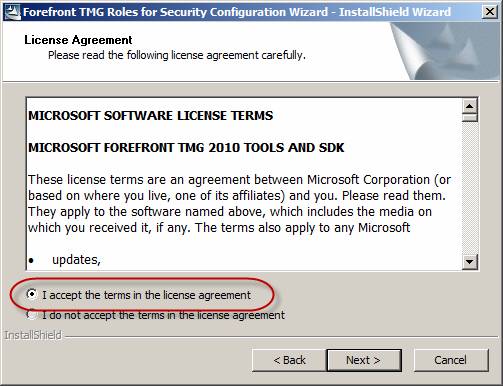
Once the installation has completed successfully, click “Finish”Ĭongratulations, you now have TMG 2010 installed. Acknowledge this warning by clicking “Next”Ĭlick “Install” to begin the installation. Be sure to include all of them there, mine are fairly simple and are all included in the range 172.0.0.0-172.0.0.255.ĭuring the installation, some services will be restarted. Next we need to define our internal network ranges. Change this as appropriate and click “Next” Once you have entered the appropriate details, click “Next” and verify the installation path. Next you will be presented with the “Customer Information” page with the Product Serial Number. Read and accept the License Agreement and click “Next” Once all the prerequisite features have been installed, click “Finish” to launch the TMG 2010 installation wizard.Ĭlick “Next” on the welcome screen. I won’t be installing a TMG array so I selected “Forefront TMG services and Management”. Read and accept the License Agreement and click “Next”ĭepending on your environment, select the appropriate Installation Type. This launches the “Forefront TMG Preparation Tool”, read through the notes on the welcome screen and click “Next”. To get started, insert your Forefront Threat Management Gateway 2010 installation media and then select “Run Preparation Tool”

The minimum system requirements for TMG 2010 can be found on Microsoft TechNet. In this part I install TMG 2010 and perform some basic configuration. I’ve installed the Exchange Server Edge role followed by Forefront Protection 2010 for Exchange Server.


 0 kommentar(er)
0 kommentar(er)
